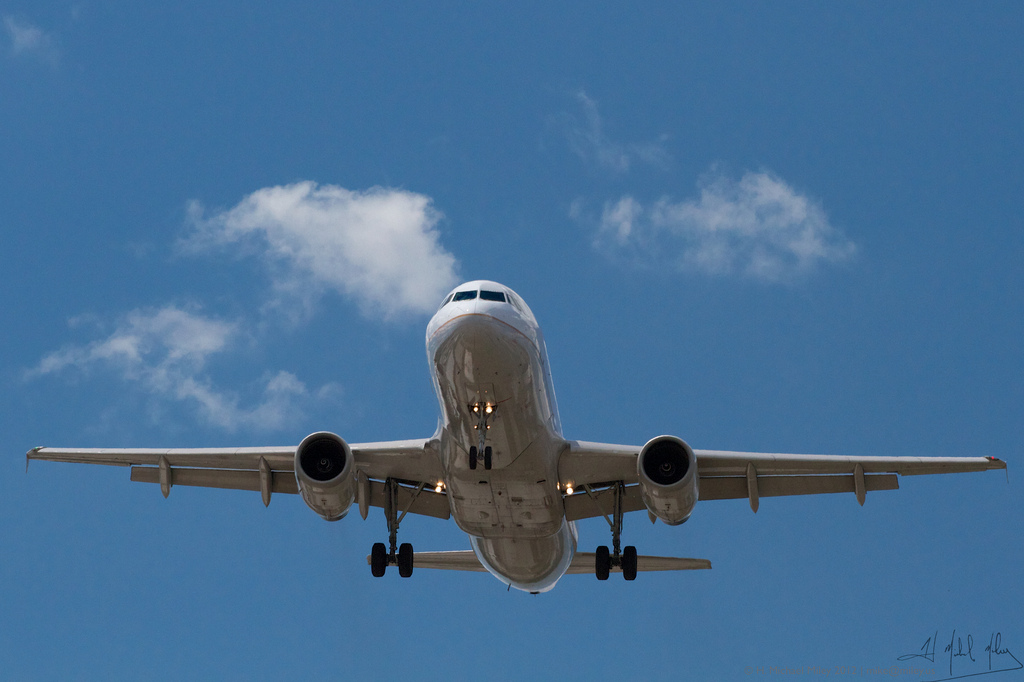By: Holly Boggs

“Malaysia Airlines deeply regrets that we have to assume beyond any reasonable doubt that MH370 has been lost and that none of those on board survived. As you will hear in the next hour from Malaysia’s Prime Minister, we must now accept all evidence suggests the plane went down in the Southern Indian Ocean.”
Family members of the 239 passengers on Malaysia Airlines Flight 370, which mysteriously disappeared from aerial radar more than three weeks ago, received the above message via SMS text March 24, 2014. These haunting words dealt a final blow to the remaining shreds of hope that there might still be survivors from the crash. Since the plane’s disappearance, speculation as to the cause of this tragedy has run rampant.
Initially, experts suspected a catastrophic failure rather than a standard technical failure to be the root cause of the flight’s demise. Malaysia Flight 370 was a modern Boeing 777, which is equipped with the capability of self-reporting technical errors down to ground patrol. Therefore, the lack of any of these warnings would imply that the error lay not in any rudimentary technical problem. A catastrophic failure, though, such as the plane breaking up, would still explain the plane’s disappearance.
Doubt was cast upon this particular theory, though, as evidence surfaced that the aircraft continued to fly for hours after its communication systems were severed. Investigators say that it is highly unlikely a modern jetliner like the Boeing 777 would encounter a total electronic failure in which communication capabilities would be severed, but the plane could continue to fly.
Another hypothesis surfaced when it was released that two Iranian passengers on the flight had used stolen passports to board the plane. The world then speculated that the flight’s disappearance was an act of terrorism. However this scenario seems increasingly unlikely, as authorities have determined that the two passengers were migrants, who were seeking illegal passage to Europe and had no criminal records. Experts also question why no terrorist organization has yet to claim responsibility for the catastrophe.
Pilot error now seems unlikely as well, since information provided by Malaysia Airlines suggests that the cockpit crew was highly experienced. The captain had logged 18,365 flying hours, and first officer had 2,763 flying hours.
A more likely theory is currently being explored that the plane’s disappearance was the cause of pilot sabotage or suicide. Evidence supporting this idea has been slowly accumulating. A few days after the incident, it was reported that the data reporting system was shut down at 1:07 a.m., and the transponder, which transmits location and altitude, was shut down 14 minutes later at 1:21 a.m. The lag time between the two systems’ shutdowns indicates that they were most likely separately disabled by someone on board rather than disabled in one fell swoop by a catastrophic event. Add to this the fact that the communication was severed just minutes after co-pilot, Fariq Abdul Hamid, made final contact with ground controllers saying, “All right, good night.” It was later discovered that the flight veered off course soon after severing communications and continued flying undetected for up to 3,000 miles. The technical skills necessary to accomplish a task like this only lie in the expert hands of an airplane crew. Mike Glynn, a committee member of the Australian and International Pilots Association, points out that “a pilot rather than a hijacker is more likely to be able to switch off the communications equipment.”
It is feasible that the pilot reprogrammed the plane’s flight path in a suicide attempt to crash it into the vast Indian Ocean, which would make it harder to recover data recorders and to conceal the cause of the disaster. Pilot suicide is not an unprecedented idea. The Federal Aviation Administration published a study in 2014 indicating that in the last 20 years, 24 pilots have committed suicide in flight by either intentionally crashing the aircraft or jumping out of a plane mid-flight. Last November, voice recordings recovered from a Mozambique Airlines flight that went down play back the haunting sounds of a co-pilot knocking on the cockpit door to regain entrance after the pilot locked him out. Investigators concluded that the plane crash was a result of “intentional actions by the pilot.” In the late 1990s two incidents, SilkAir Flight 185 and EgyptAir Flight 990, occurred where the pilots intentionally forced their planes to crash. In the EgyptAir case, the pilot was heard via the black box calmly repeating, “I rely on God,” a total of 11 times as the plane took a nosedive toward the Earth.
Last Sunday, though, the revelation that the aircraft’s last reporting system transmission showed it heading to Beijing undercut the theory that those in the cockpit intentionally crashed the plane. There was no reprogramming of the flight path to indicate a premeditated action. Granted, this new information does not by any means eliminate all suspicion of foul play, but it does leave experts searching for alternative answers. Some now are turning back to the mechanical failure hypothesis. CNN aviation analyst and former inspector general of the U.S. Department of Transportation, Mary Schiavo, explained that “if this information is correct, and it was not premeditated, then it does fit very closely with the scenario that, whatever happened, happened suddenly and they turned perhaps to go back to an emergency airport.”
Analysts agree that there is still not enough information to rule any possibility out. Until they can locate the black box, which contains the cockpit’s voice recorders and flight data recorders, from the plane wreckage, this question will likely remain a mystery. Teams are now narrowing down the search site to the Southern Indian Ocean, and they are racing to recover the black box before its locator beacon fades out after 30 days. This event is eerily reminiscent of accounts only before seen in science fiction stories; but now, fiction has become reality, and nothing is certain until the plane’s wreckage can be retrieved. Even though hope of rescuing survivors from the ocean’s expanse is sadly no more, the world waits to see if crews can now at least rescue answers from the abyss.

